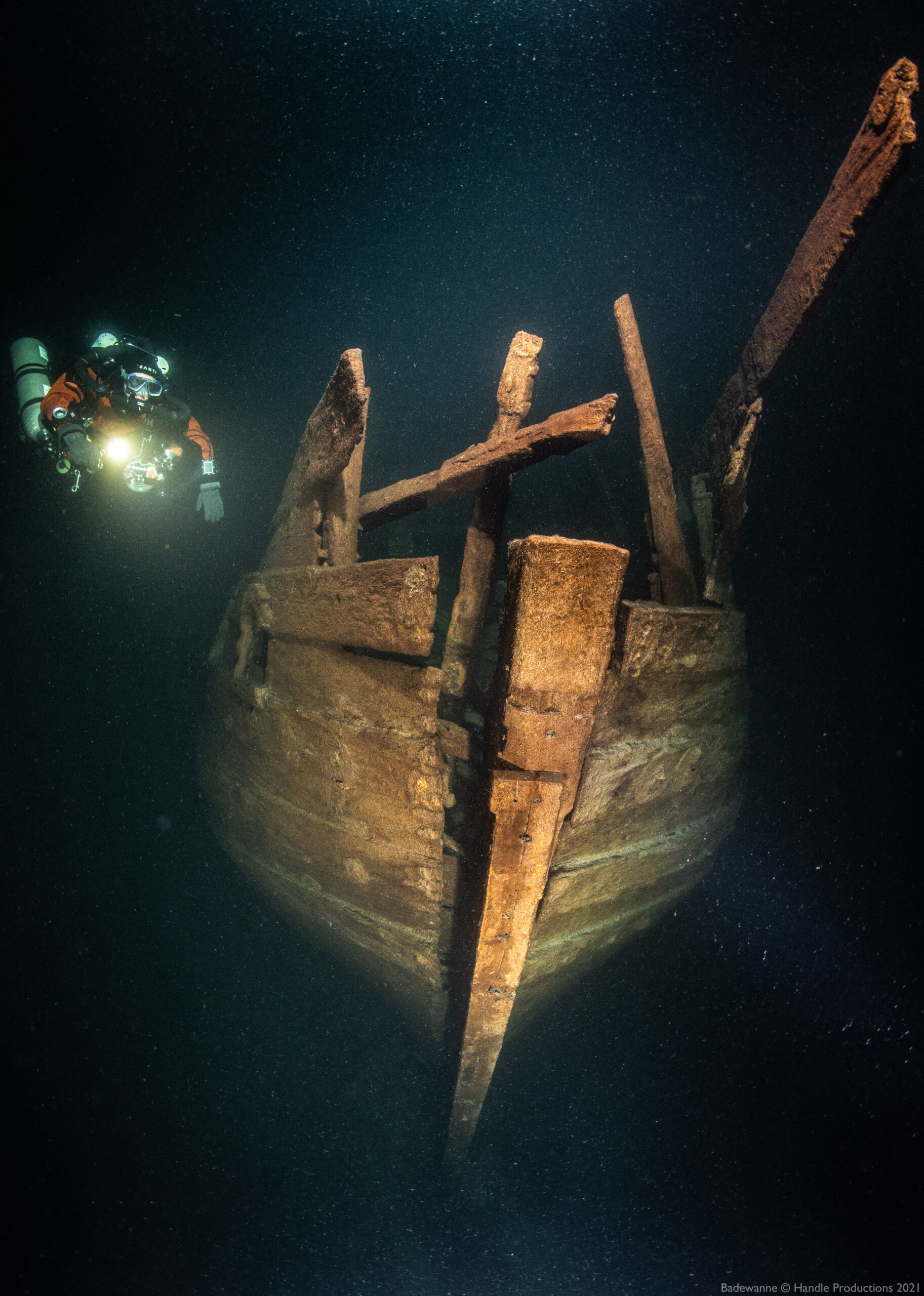WHITE SWAN
The Legacy of the Fluit Ship
A documentary feature about an everyman’s merchant vessel that changed life around the Baltic Sea, and sparked the Dutch Golden Age, spurring early globalization.
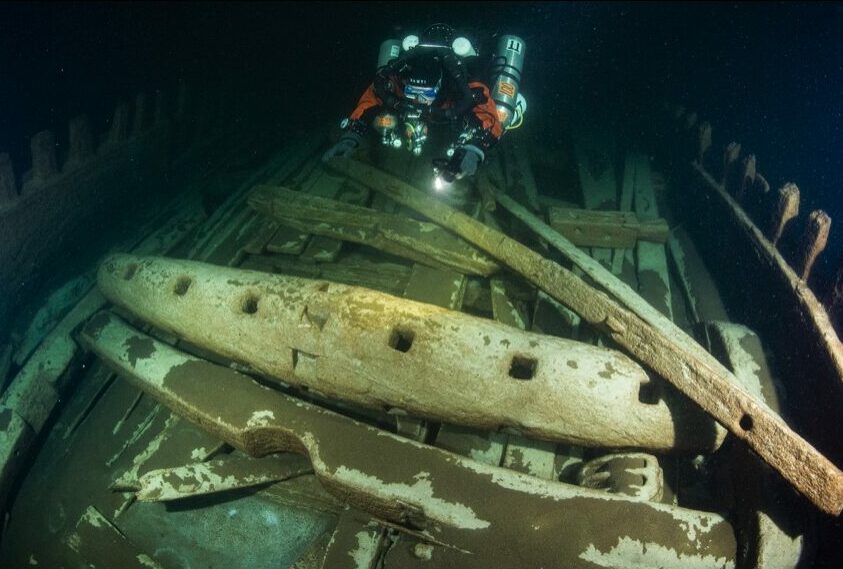
In the deep Finnish waters we see a heavily equipped expert diving team. 80m below surface, the visibility is nonexistent
aside from the spots graced by the divers’ underwater lights. Suddenly, we catch a glimpse of an enormous, fully intact
wooden ship wreck from an era long gone.
We utilize the Swan’s ship type – the everyman’s merchant vessels called fluits – to find out more about life around the Baltic Sea during a time that saw increasing sea trade, an influx of new cultures and people, and early globalization as we know it today.
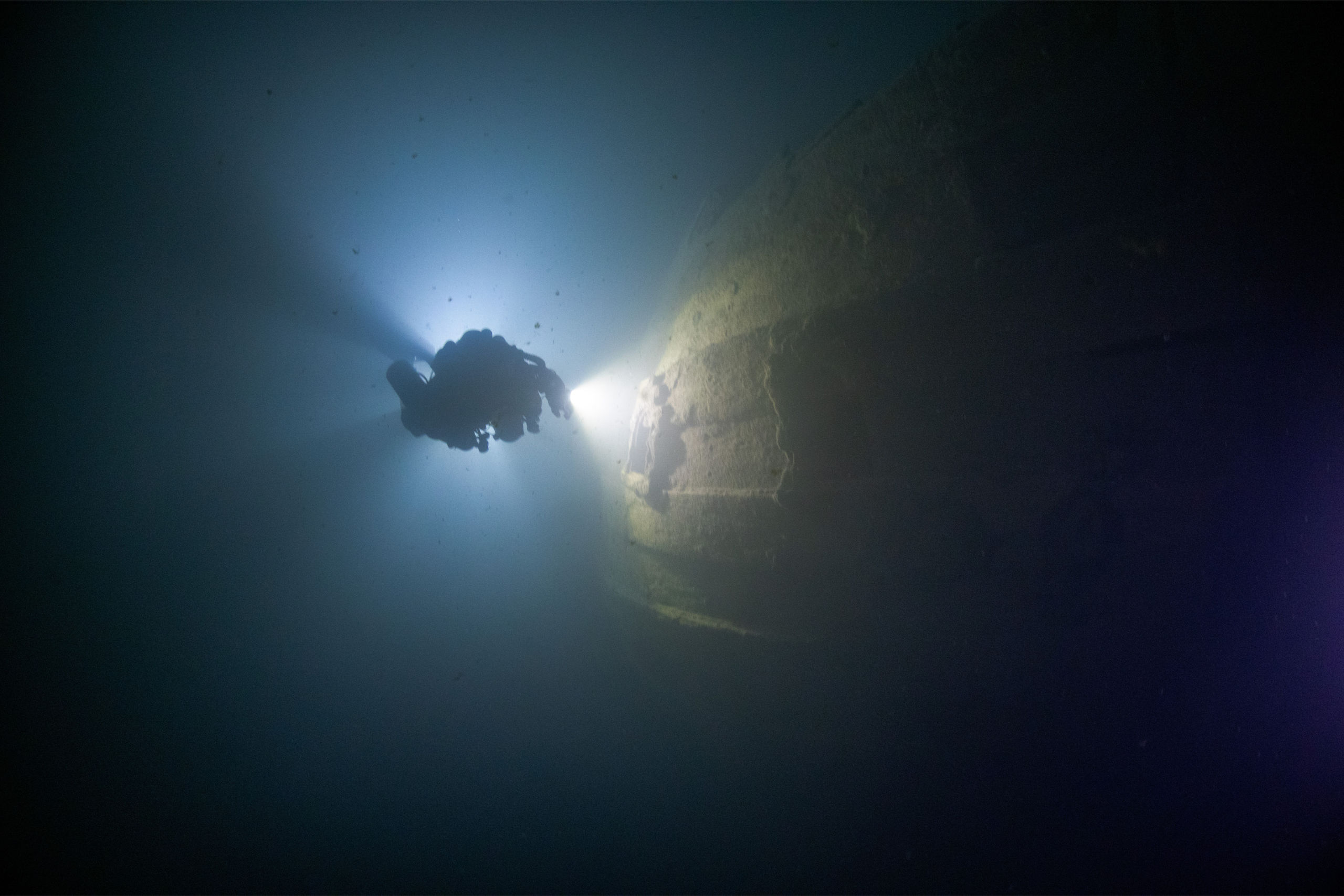
Film
Deep sea divers encounter an enormous wooden shipwreck in pristine condition in the depths of the Baltic Sea with the year 1636 and the image of a swan carved onto it. Now, researchers, historians and maritime archaeologists in Finland, Sweden, Estonia and the Netherlands have a joint goal — to uncover the story of this ship wreck. The investigative work is done in labs, underwater and in the historical Amsterdam archives with thousands of volumes with fragile, centuries-old notarial documents.
1636. In a world where tulip fever is peaking, the plague kills 10 000 people in London, and young Finnish farmerboys have to fight foreign wars for the Swedish crown. Sailing on a merchant vessel frees the seamen from war ship labor, but the owners of merchant vessels can grow legacy wealth. Fluits, the Dutch-designed revolutionary merchant ships, become the workhorse of the Dutch Golden Age. This innovative and paradoxal era for the Dutch Republic alters the world order in a way that still impacts us today. However, a crucial part of the story, the fluit ship, has been lost. The everyman-built and -sailed fluit ship has been forgotten along with the ordinary people of the Republic. No construction manuals remain. Even the Amsterdam Rijksmuseum’s maritime section only has one painting featuring one, barely-there fluit ship.
Enter young, animated Hendrik. This teenager and party boy, orphaned and emotionally lost, is taken in by his wealthy shipowner aunt. As he proves to be reckless and uncaring of his aunt’s, professors’ or God’s wrath, he is sent out to seas to learn the tricks of the trade from ordinary seamen. Hendrik has zero sailing skills, but the sea is not a patient teacher.
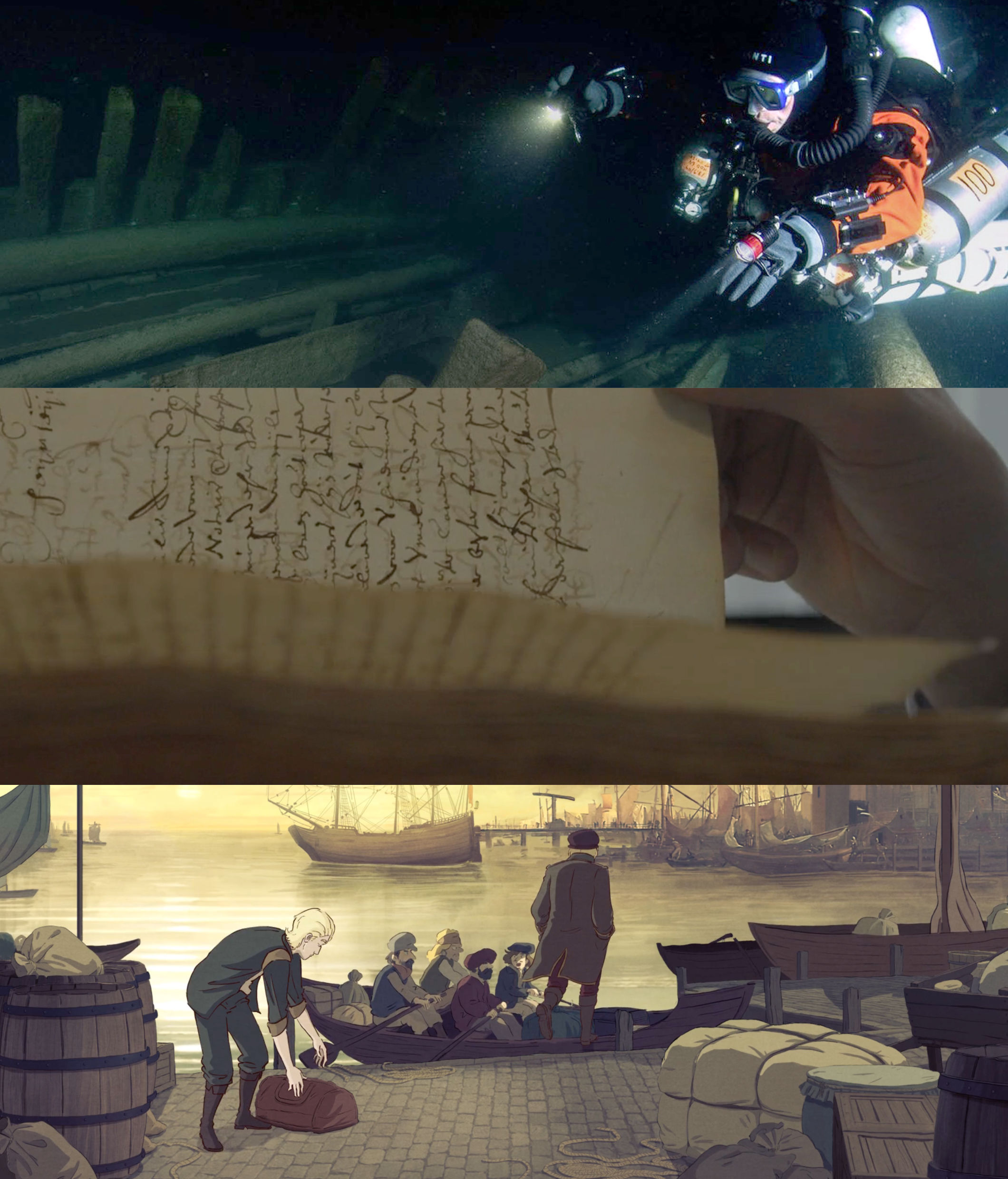
“Everything is interconnected, one way or another. For millennia, the sea has brought food, news, new people, new cultures, new produce, and new innovations. Rulers have raged wars — and still do — over the access to the seas. Through the quest to uncover the identity of this one, forgotten, everyman’s fluit ship, we reveal how the early globalization still drives our daily lives today.”
Film stills
Quiz
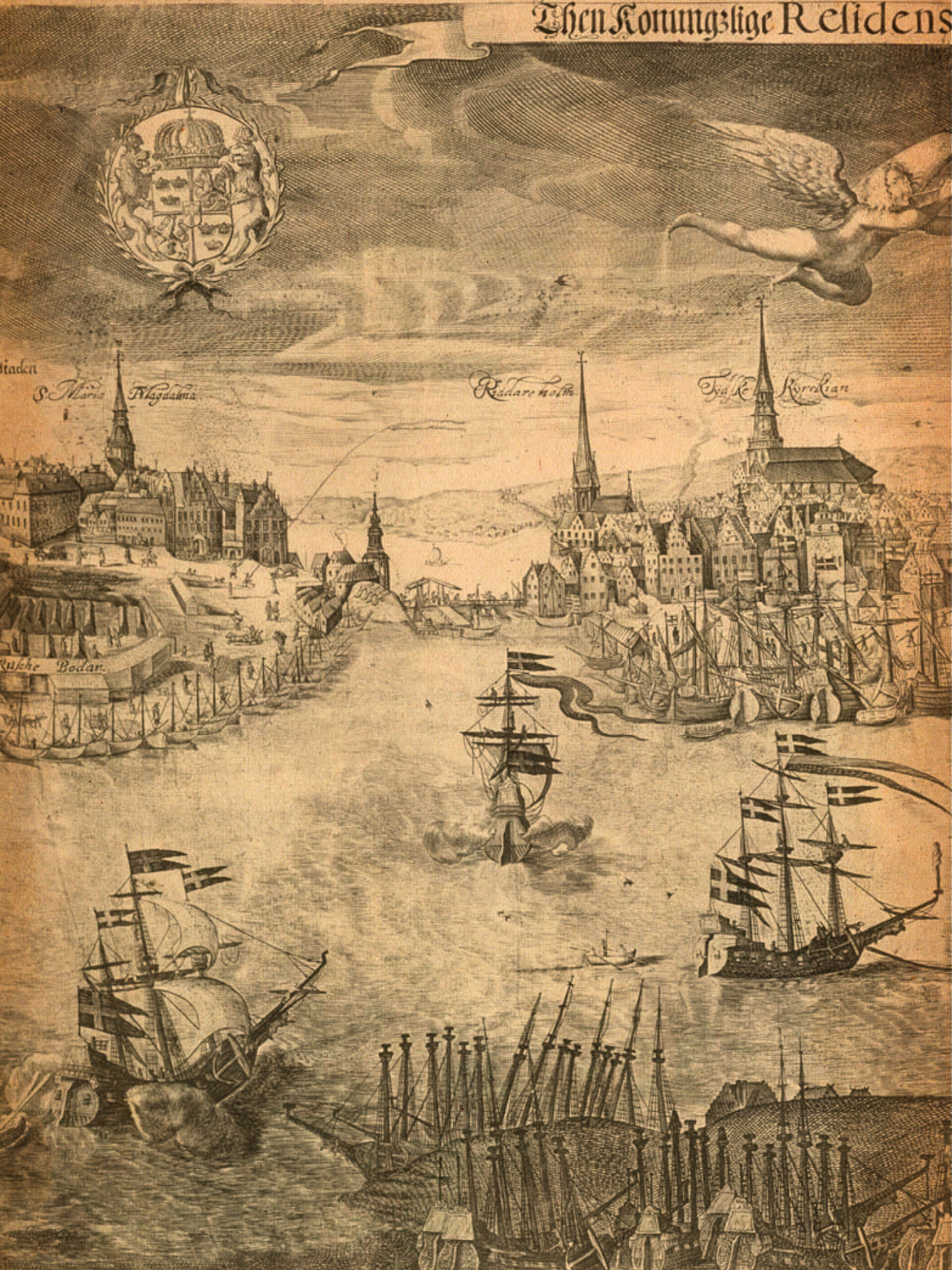
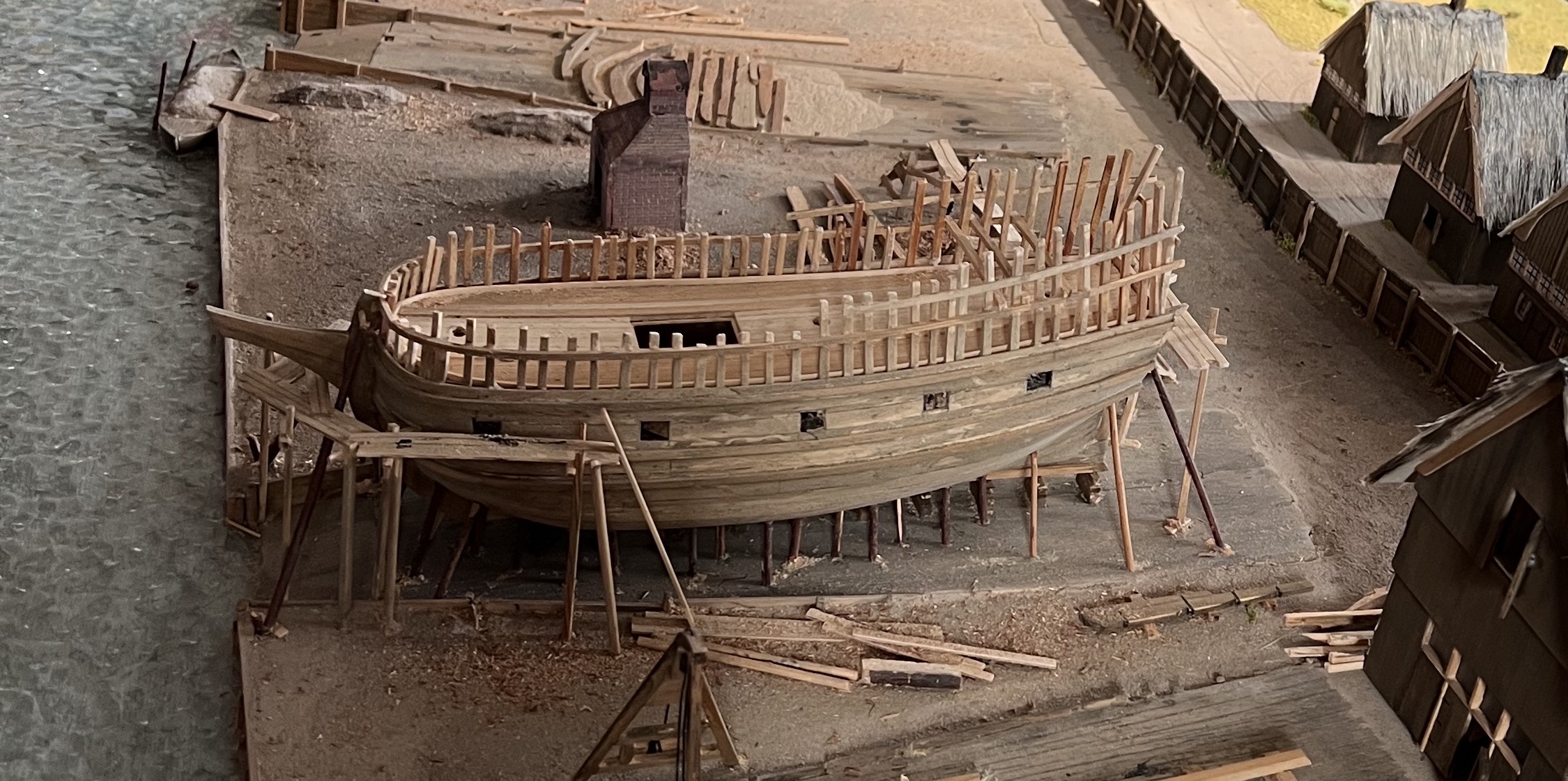
Zaandam fluit ship yard
Click here to explore the changing Zaandam fluit ship yard!
Requires iPhone, iPad or Mac with Apple M1 chip or later.
“This is one of the most wreck-frequent areas. Ships would often sink when anchored."
Maritime Archaeologists
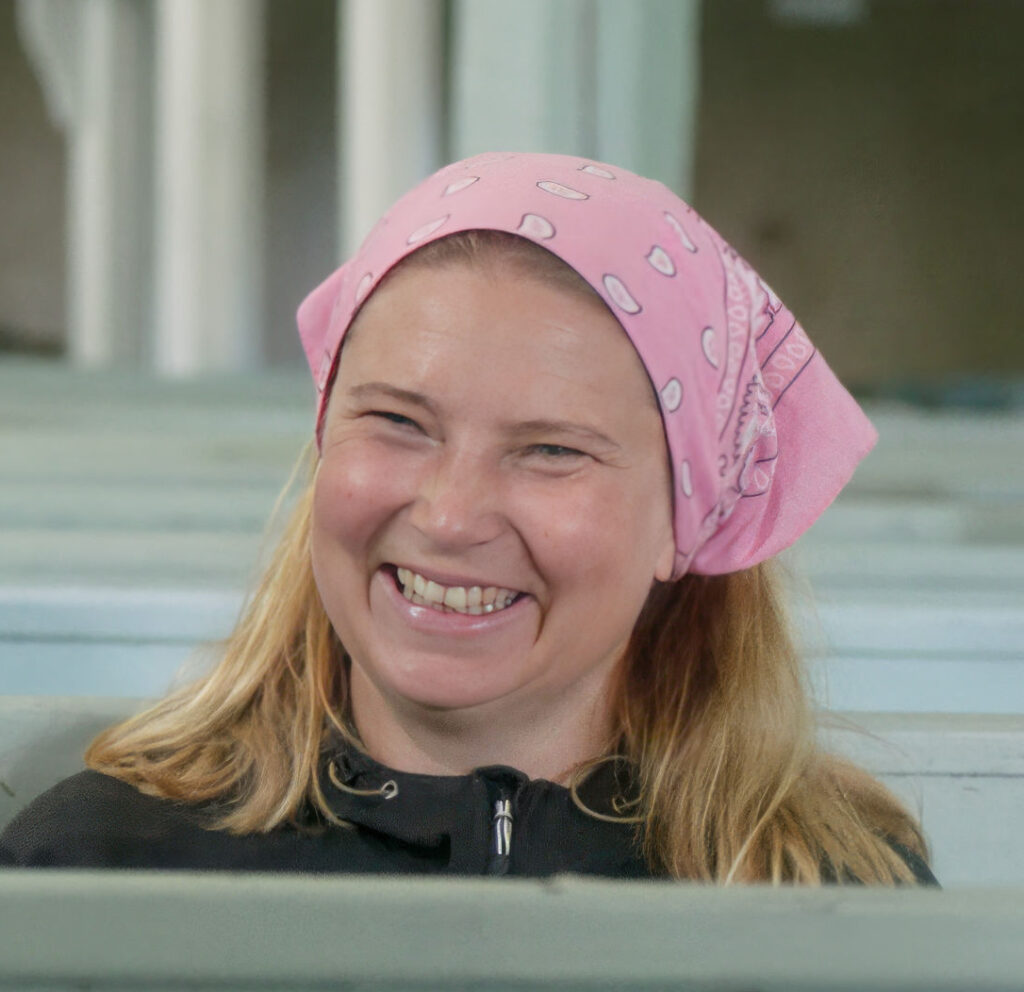
Dr. Minna Koivikko
Maritime Archaeologist
Finnish Heritage Agency
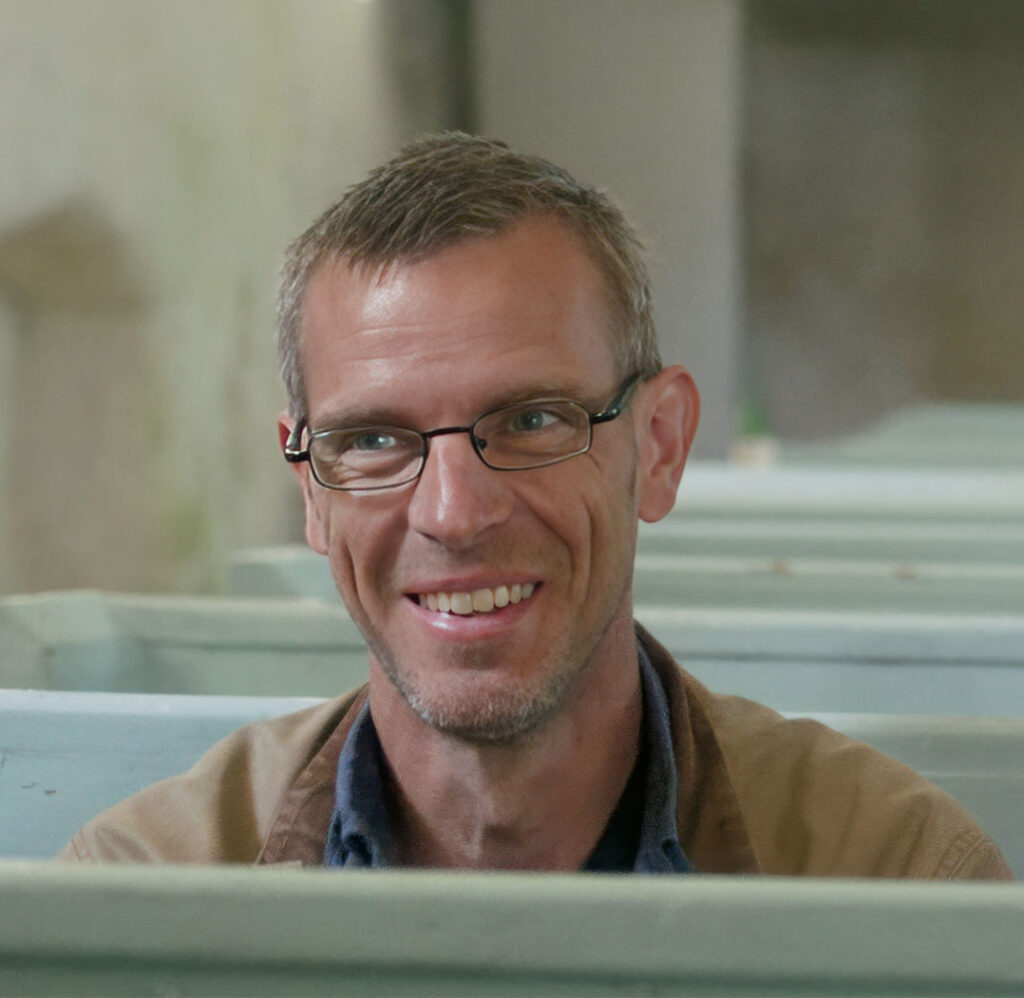
Dr. Niklas Eriksson
Maritime Archaeologist
Stockholm University
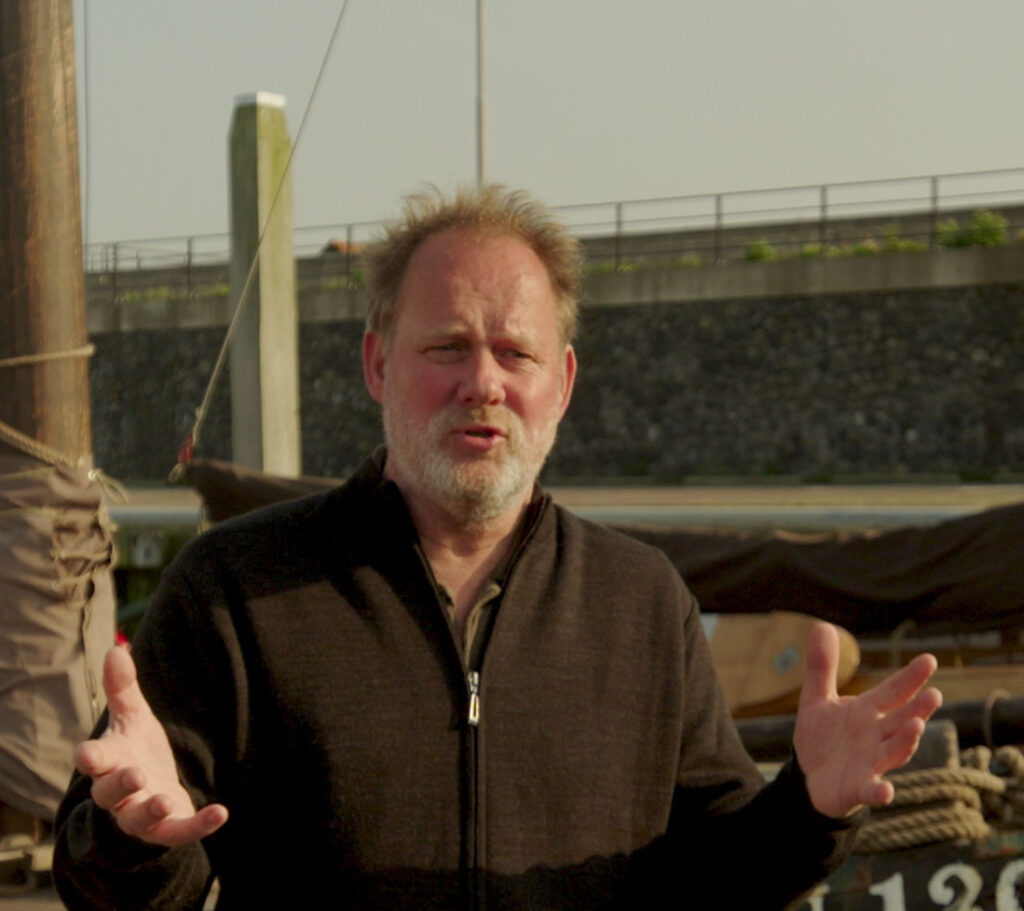
Dr. Martijn Manders
Maritime Archaeologist
University of Leiden
Cultural Heritage Agency of the Netherlands
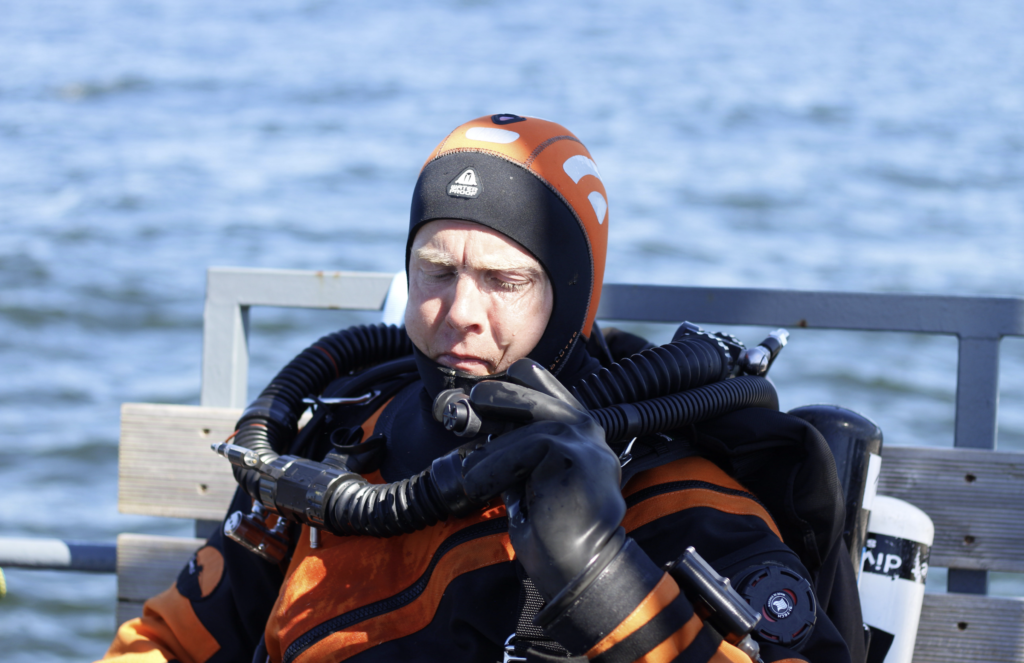
Ivar Treffner
Maritime Archaeologist
Estonia Maritime Museum
Filmmakers
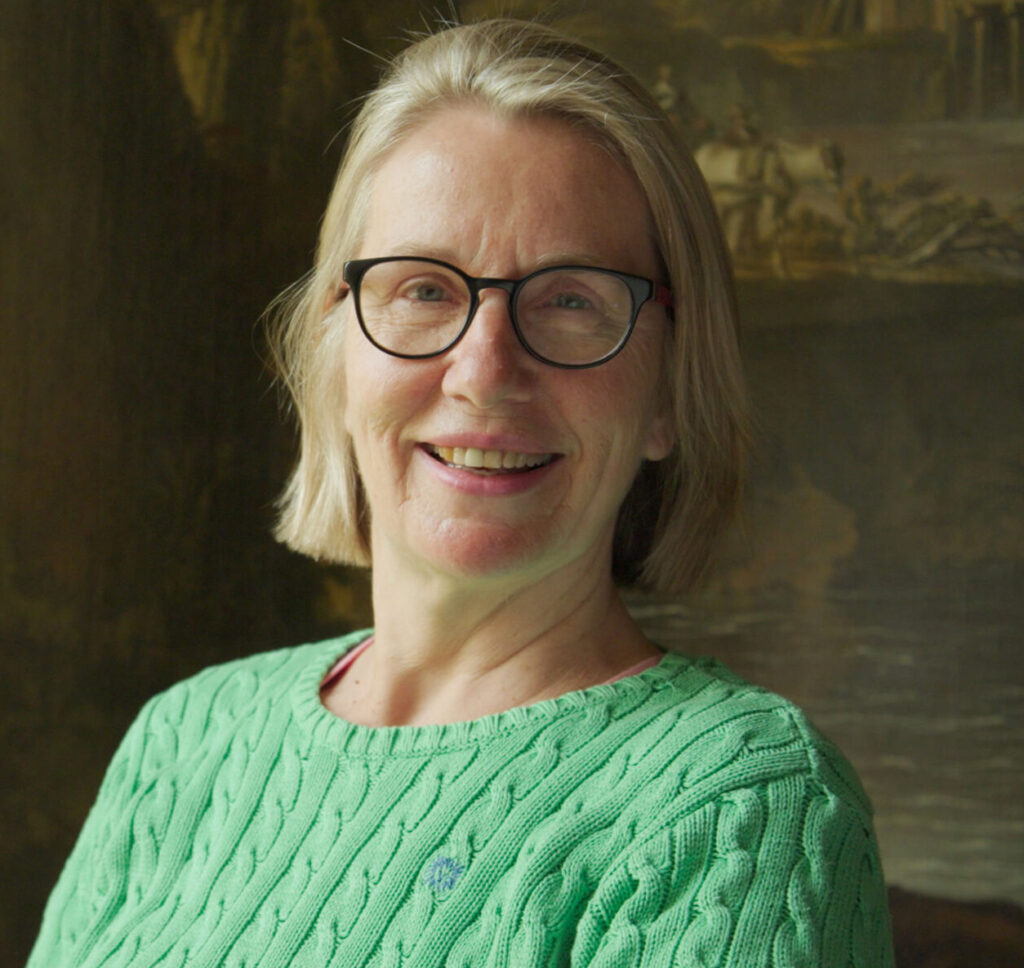
Hanna Hemilä
Director & Producer
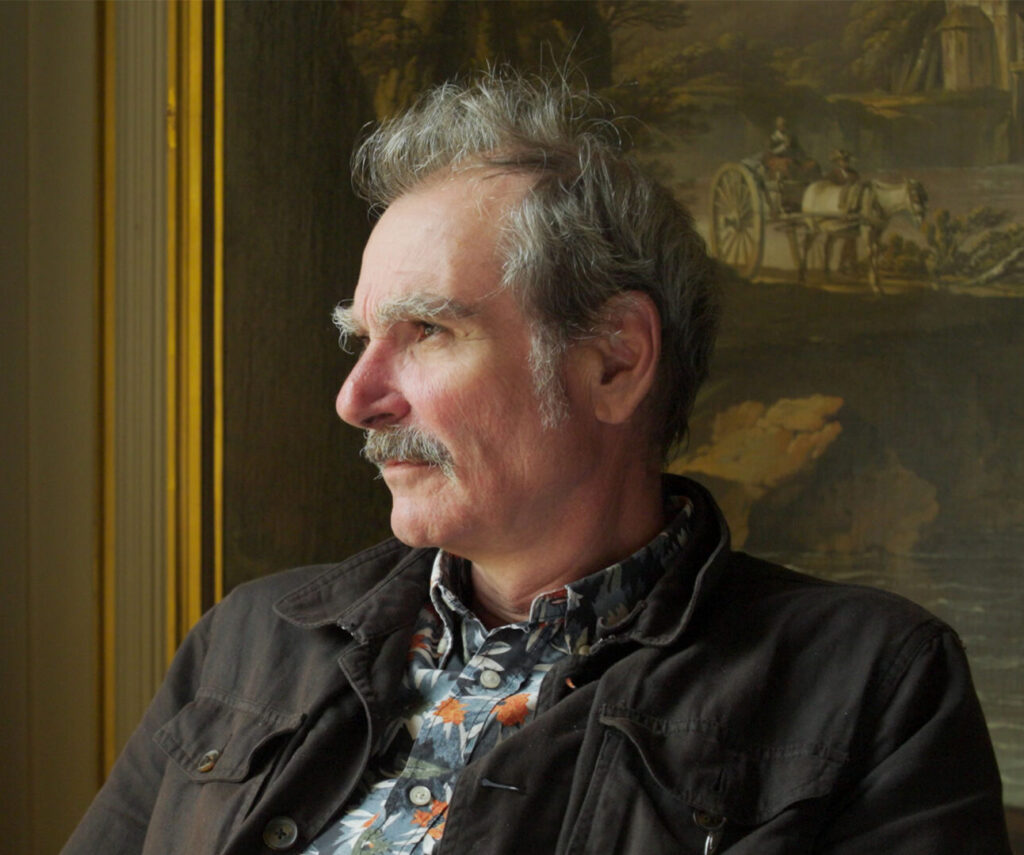
Xavier Picard
Animation Director
Co-Producer
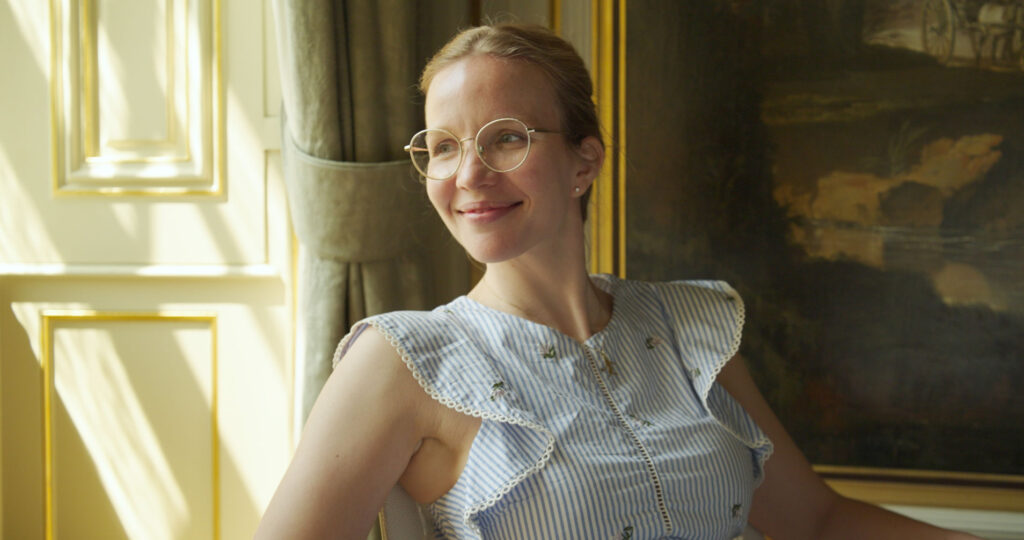
Beata Harju
Screenwriter
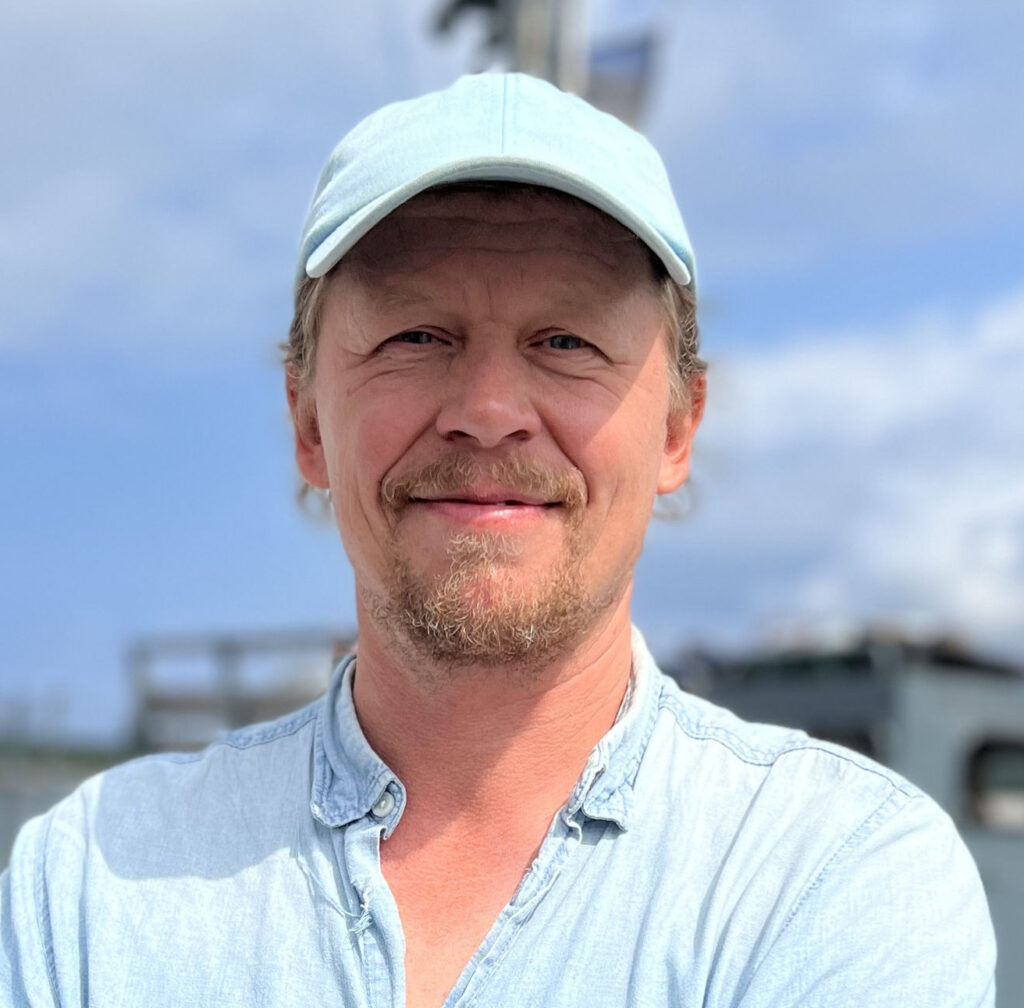
Mika Mattila
Cinematographer

Annemiek van der Hell
Co-Producer
Information
Production: Handle Productions Oy
Co-Production : WindMill Film BV, Pictak Cie
Director & Producer: Hanna Hemilä
Animation Director & Co-Producer: Xavier Picard
Screenwriter: Beata Harju
Co-Producer: Annemiek van der Hell
DP: Mika Mattila
Sound Designer: Joonas Jyrälä
In Collaboration With:
The Badewanne Diving Team
Maritime Archaeologists:
Dr. Minna Koivikko, Finnish Heritage Agency
Dr. Niklas Eriksson, University of Stockholm
Dr. Martin Manders, Cultural Heritage Agency of the Netherlands, University of Leiden
Ivar Treffner, Maritime Archaeologist, Estonian Maritime Museum
